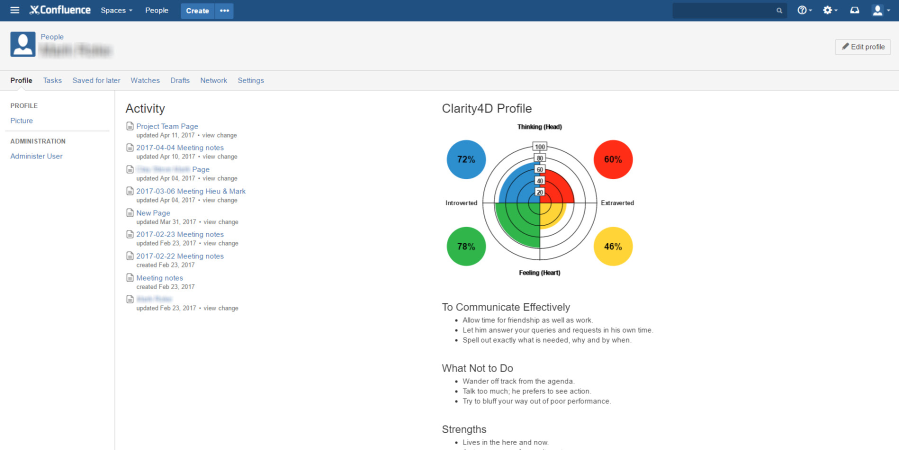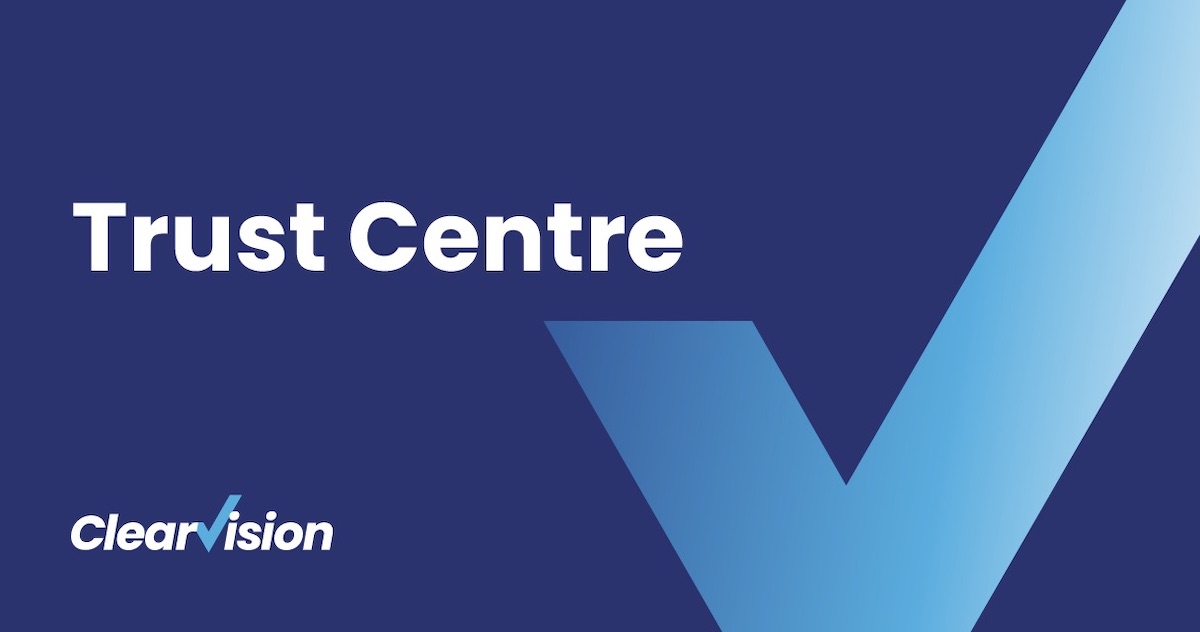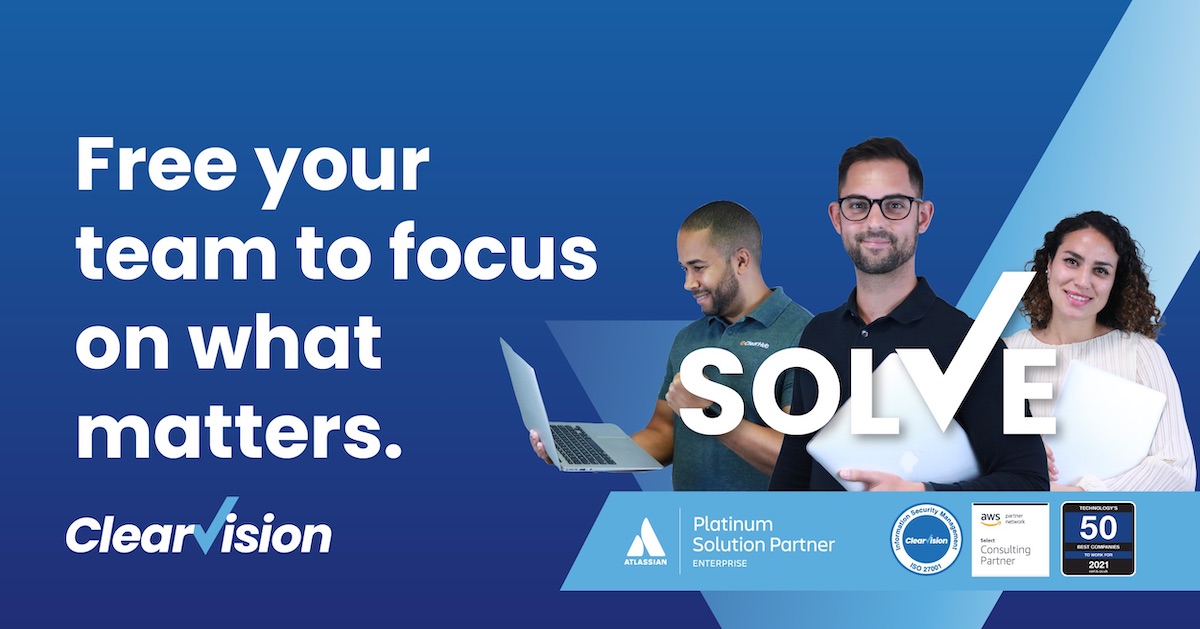Internal Business Service Desks – Red Tape Or Collaborative Enabler?
Service desks are designed to keep help requests in order, but can they sometimes be an obstacle to collaboration? Maybe, but there's a solution to the problem.
- April 10, 2018

Red tape might be welcome when adorning the wrapping of a birthday gift, but in the workplace it’s something that holds you back – an irritating obstacle to productivity. But when do the processes and systems we have in place stop being helpful and start looking more like thin strips of scarlet? It’s a question that all businesses should consider, but it’s particularly pertinent in IT, where we have to carefully assess the value of the tools we use every day.
In fact, it’s a problem we recently had to address ourselves, in regard to our own internal marketing service desk.
A Virtual Wall

“When did our service desk become a virtual wall?” asked a member of the Clearvision sales team.
From his perspective, he’d asked a member of the marketing department for a work-related favour – only to be directed to the Clearvision marketing service desk. Through this desk, the marketing team are able to clearly keep track of requests from other departments, and to collaborate, comment on, and share them. If people in other parts of the business want us to produce leaflets, PDFs, videos or, indeed, blog posts, they create tickets in our dedicated JIRA Service Desk.
Learn more about how Clearvision uses JIRA Service Desk: Shaping IT Support with ITSM and JIRA Service Desk
There are a few ideas behind this. One: it limits the number of unexpected interruptions to the team. Two: it helps keep a clear record of progress, which is more helpful and transparent than trying to dig out an email or even a long train of HipChat messages. Three: it helps the busy marketing team to prioritise tasks.
There are more benefits than this, of course, but there are also a few potential drawbacks. As our salesperson said, “In this world of collaboration and collaborative tools, when did a message for a quick favour generate an auto-response of ‘send me a ticket’ (and I’ll get to it sometime!).”
As he saw it, “We live in a world where cutting through red tape now means creating tickets in a backlog that we’ll struggle to shortcut.”
But is this really the case, or is it a matter of perspective?
Taking Shortcuts
The word ‘shortcut’ is telling here. It shows a desire to take an alternative route – to essentially get around established processes. The disruptive connotation of this is obvious and not entirely unjustified, but it raises another important question: is it always bad?
For all the working methodologies and IT solutions we put in place, we can’t eliminate the human factor. The fact is that asking for favours is human nature, and it’s not likely to disappear from the workplace completely. In the case of our example, it might be correct protocol to make all requests through the marketing service desk, but what if it’s something that will only take ten minutes or so? Would that still justify the time it takes to make a service desk ticket? Possibly not. In such a case, we could, in fact, be hindering collaboration and innovation, or standing in the way of a potentially valuable business opportunity, in which case the term ‘red tape’ would be fitting.
With more time-consuming or complex tasks, however, the sanctity of the service desk makes more sense, because this is where attempts to get around it are their most disruptive. When ‘quick favours’ become anything but, it makes sense to usher them into a queue, or to at least to consider the value of putting them first.
The service desk plays another valuable role because of another human element. Not everyone will always have the will or confidence to say no to the request of a favour – even when they should – and it’s in these situations that problems are likely to arise.
A Matter Of Personality
“We all find it hard to say no sometimes,” says Mark Reid, sales manager at Clearvision, “especially when talking to our peers or someone who may be in a more senior position than us within our organisation.”
It’s in these situations that someone is likely to accept a task that they shouldn’t – and a lot of that comes down to personality. People react differently to such requests, and certain types of people are more likely to make said requests.
As Mark says, “The answer is knowing your team.” If you know the person you’re asking for a favour finds it hard to say no, then you might be less likely to ask them, or you might decide it’s more suited to the service desk queue. At the same time, if someone asks you for a favour and you know beforehand that they have a forceful personality and are likely to have unrealistic expectations, you might feel emboldened enough to refuse.
Teamify

It’s this very thinking that led to the creation of Teamify, Clearvision’s recently released Confluence plug-in. Created in partnership with Clarity4D, it brings the power of colour-based personality profiling to Atlassian’s popular collaboration tool.
These profiles are based on a series of multiple choice questions, which are then used to build a picture of a person’s personality type and communication preferences. Someone with a lot of red in their profile, for example, is likely to be outgoing, confident and outspoken – someone who might ask someone for a favour. Meanwhile, an individual with a lot of green is probably more introspective and quiet – the kind of person who might find it difficult to say no.
With Teamify, abridged versions of these profiles can be accessed simply by hovering over a users name in Confluence, with more detail available on their profile page. This provides a quick, accessible way for users to better understand their colleagues and make informed decisions about how they interact with them.
For our unhappy salesman, this could have made all the difference, but unfortunately, Teamify was still being developed at that point. As he himself admitted, “If I’d had Teamify, I probably wouldn’t have asked for the favour, recognising upfront that it’s going to be something they feel they can’t say no to. This kind of response is no good for either of us.”
Taking Responsibility
So… are internal business service desks collaborative enablers or a bureaucratic nightmare?
The truth is it depends on how you use them. Like most IT solutions, tools like these aren’t magic bullets that will cure all your problems. Setting up a service desk, for example, isn’t going to have miraculous results all by itself. You need to use the tools appropriately and in a way that integrates properly with your everyday working practices.
Unfortunately, even your best intentions in this respect can easily be derailed, because people are… well, people. We’re unpredictable, fickle things, and that doesn’t always sit well with tools that are designed to make thing easy to manage and predict. But that doesn’t mean we should simply be more strict about funnelling things through our chosen systems. We can’t just say that all requests, no matter how small, have to go through our service desk, because we risk stifling the creativity and effectiveness of our colleagues. It’s also easy to see how their frustration with this ‘red tape’ could evolve into resentment further down the line – not what you want when you’re trying to encourage smooth collaboration.
Thankfully, just as JIRA Service Desk solves many of the problems that teams face every day, so too does Teamify. With greater understanding of who we’re working with, we can make sure quick favours really are just quick favours, and that our collaborative tools are being used to their full potential. By doing so, we can ensure our service desks don’t become walls, instead of the gates they should be.
clearvisionwebmaster
Atlasssian expert resources
Visit our blog for expert news and articles from the Atlassian world. On our resources page you will find recorded webinars, white papers, podcasts, videos and more.
The Software Blog
Read our blog for articles offering best practice advice written by Atlassian experts, as well as the latest news concerning your software.
Software White Papers and Guides
Dive deep into Atlassian software with our white papers and guides on individual tools, partner products, services, and best practices, written by the experts.
Expert Webinars
All of our webinars are pre-recorded and available to watch on-demand. Enjoy everything from partner features to application demos and updates from Atlassian experts.















